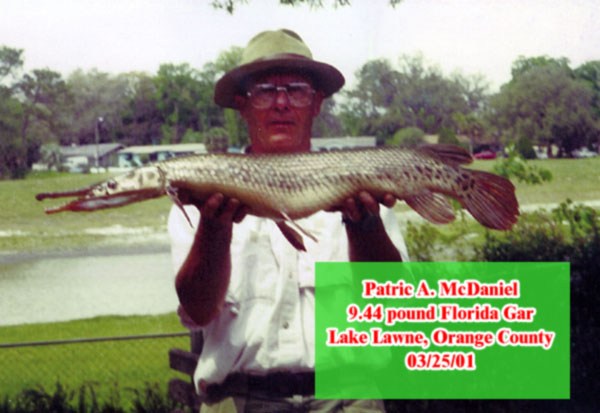
RAINBOW TROUT in OREGON by Diana_Lure You will find, for now, the following unique/trophies species : Ī big thanks to all that posted, contributed in helping me out, sharing this. If you are at 30 or 50 posts per page, my directory will not be right for you. Scroll the pages to find what you are looking for and try the technics and lures and spots mentionned.īE AWARE : This thread is at default setting of 15 posts per page. You are the one holding your gear, not me. All depends on how you fish, the exact times, the exact location etc. The infos included here are not a garanty you will absolutly catch one, but surely will help.

The longnose gar, however, lacks spots on top of its head and its beak is 18-20 times as long as it is wide (at the narrowest point), while the Florida gar’s beak is probably less than 5 ½ times as long as it is wide.ALL YOU NEED TO KNOW, TO CATCH A UNIQUE FISH AND TROPHY FISH.You will find in this thread all, or almost all, that you need to know about helping you catch a unique fish and some trophies too. The only other gar that is known to occur within the Florida gar’s range is the longnose gar which is found throughout much of the eastern half of the United States, including Florida, at least as far south as Lake Okeechobee.

In the Florida gar, the distance is less than 2/3 the length of the snout, and in the spotted gar it is more than 2/3 the snout length. The Florida and spotted gars can be distinguished from each other mainly by the distance from the front of the eye to the back of the gill cover. The gar's body is covered with enamel-hard, diamond-shaped plates called ganoid scales. Other gars have spots on the fins and usually on the posterior part of the body only. Like the spotted gar, the Florida gar has spots on top of the head a well as over the entire body and on all the fins.


 0 kommentar(er)
0 kommentar(er)
